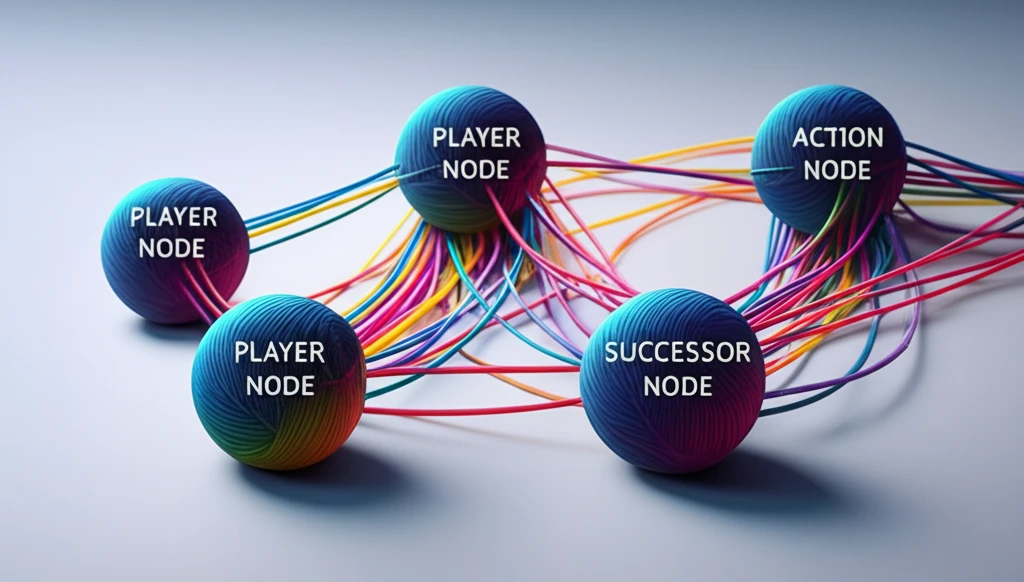
Game Theory, Unlocked: How Pentaforms Revolutionize Strategic Decision-Making
"Discover the power of pentaforms, a groundbreaking new approach to modeling extensive-form games, and how they can transform your understanding of strategic interactions."
Game theory is the study of strategic interactions, where the outcome for each participant depends on the actions of all. Traditionally, these interactions, known as games, have been modeled using extensive forms – detailed descriptions outlining every possible move, player, and outcome. However, these traditional models can become incredibly complex, especially in scenarios with many players or moves.
Enter pentaforms: a revolutionary new way to model extensive-form games. Conceived by Peter A. Streufert from Western University, pentaforms use abstract 5-ary relations to specify games, offering a more streamlined and intuitive approach. Imagine simplifying a tangled web of decisions into a clear, concise structure – that's the power of pentaforms.
This article will explore the concept of pentaforms, breaking down the key ideas and explaining how they can be applied. Whether you're a seasoned game theorist or simply curious about strategic decision-making, you'll gain valuable insights into this exciting new development.
What are Pentaforms and Why Do They Matter?

At its core, a pentaform is a 5-ary relation – a set of quintuples, or ordered sets of five elements. Each quintuple represents a specific aspect of the game:
- Player: The individual making the decision.
- Situation: The information set the player is in.
- Decision Node: A point in the game tree where a player makes a choice.
- Action: The move the player chooses to make.
- Successor Node: The resulting point in the game tree after the action.
The Future of Strategic Thinking with Pentaforms
Pentaforms represent a significant step forward in game theory, providing a more abstract, flexible, and intuitive framework for modeling strategic interactions. As research continues, expect to see pentaforms applied to an ever-widening range of problems, from economics and political science to computer science and artificial intelligence. The future of strategic thinking may very well be shaped by the power of pentaforms.
